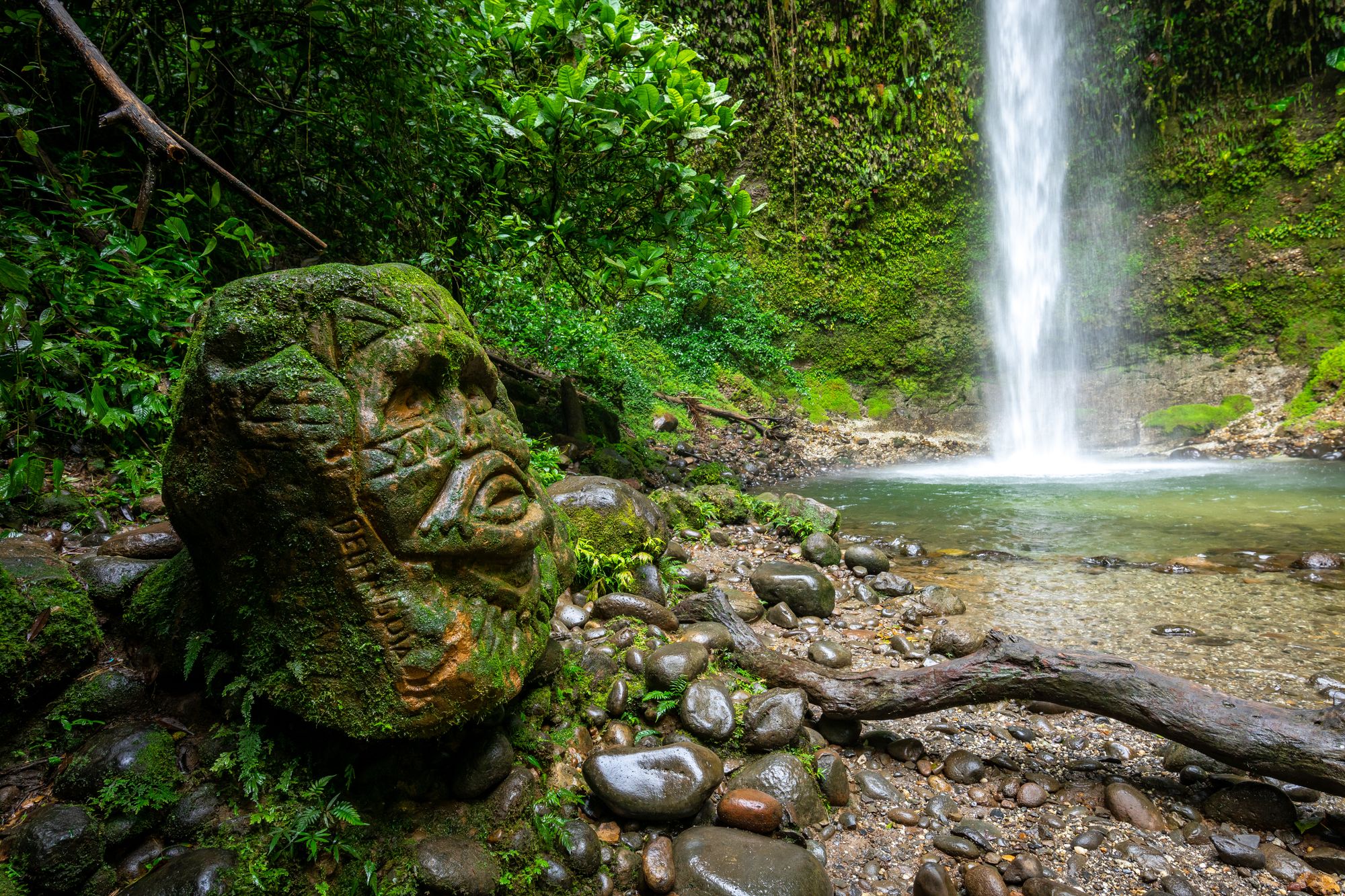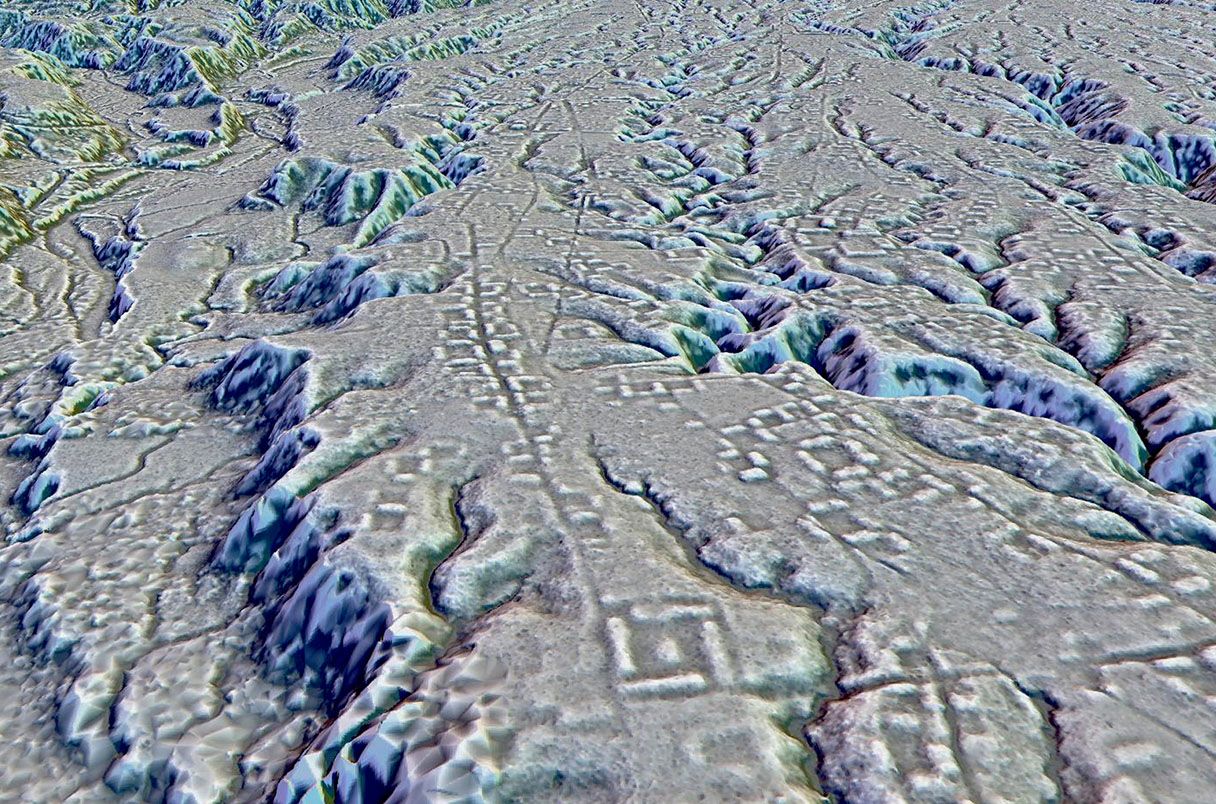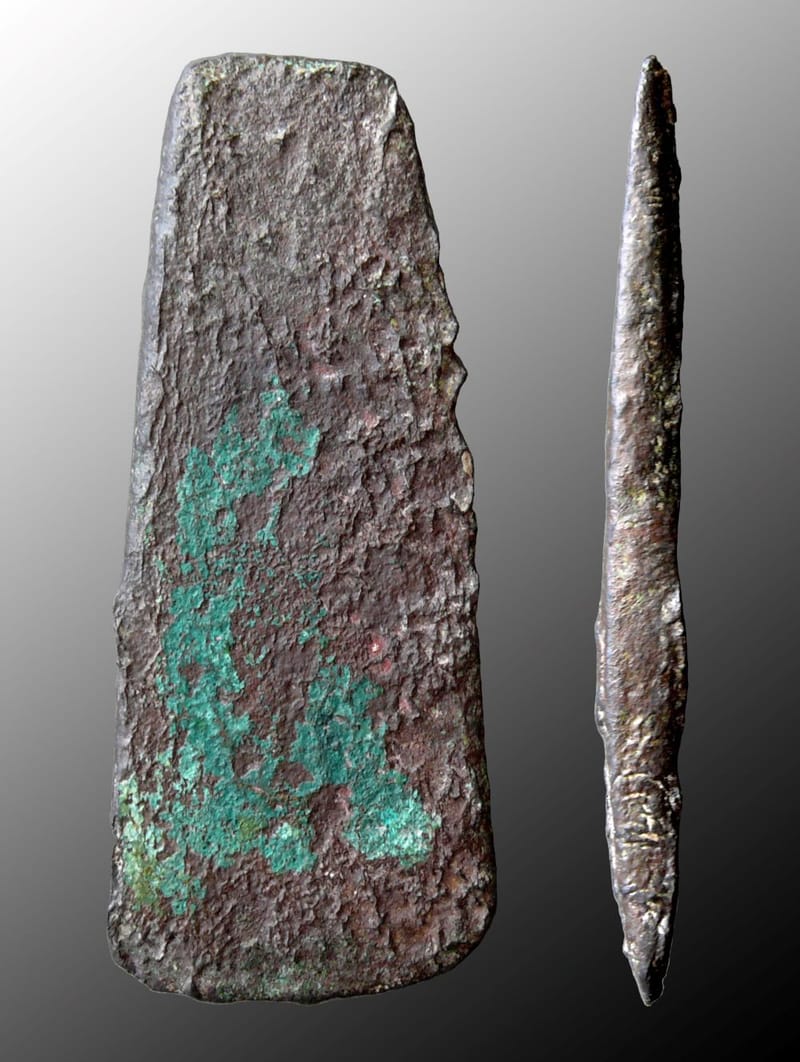A large archaeological site pops up under the rainforest
Remains of ancient cities discovered in Ecuador, key to use of new technology that "sees" through trees.

The impressive finds of the past two decades had already led archaeologists to infer that the Amazon rainforest had once been home to large, complex societies, but the discovery, made using the latest surveying technology, of a dense network of interconnected cities reveals that a large society, even older than those already known in the region, inhabited what would, 2,500 years later, become the green lung of the planet.
A French CNRS archaeologist, Stéphen Rostain, began excavating in Ecuador's Upano Valley nearly 30 years ago, focusing on the settlements of Sangay and Kilamope, real towns organized urbanistically around a central plaza. Among other things, the investigations returned decorated pottery and large jars containing the remains of the traditional corn beer called chicha. In addition, artifacts analyzed through the radiocarbon method indicated that these settlements were frequented from about 500 B.C. to 300 A.D.
The breakthrough in research occurred in 2015, when Ecuador's National Institute for Cultural Heritage funded a survey campaign using Lidar, a laser technology that, employed, as in this case, in aerial flight, allows the penetration of vegetation (trees and undergrowth) and returns an accurate reconstruction of the morphology of the terrain, obtaining real 3D models of the areas investigated, even of soils as rich in vegetation as those of the rainforest.

The resulting data, compiled in a study published a few days ago in the journal Science, not only revealed new sites but also showed the dense network of roads that connected all the centers: a total of five large settlements and ten smaller ones within an area of 300 square kilometers. The towns, densely populated with residential and cultic buildings, are separated from each other by rectangular agricultural fields and are surrounded by terraces where vegetables such as maize, cassava and sweet potatoes were grown. There were roads within the settlements that connected houses and neighborhoods and wide, straight roads that connected the various towns. It is precisely the existence of a dense network of road links that makes archaeologists speculate that all the settlements in the Upano Valley must have been active at the same time, and this, scholars say, is just the tip of the iceberg of what might be discovered in the Ecuadorian Amazon.
The research is just beginning for now the data tell us of a society of farmers who built roads, canals, and large civil and religious buildings. For a deeper understanding of dynamics such as trade, demographics, and politics, we will have to wait for upcoming publications by insiders who say they are surprised that there are still such discoveries in the 21st century.






